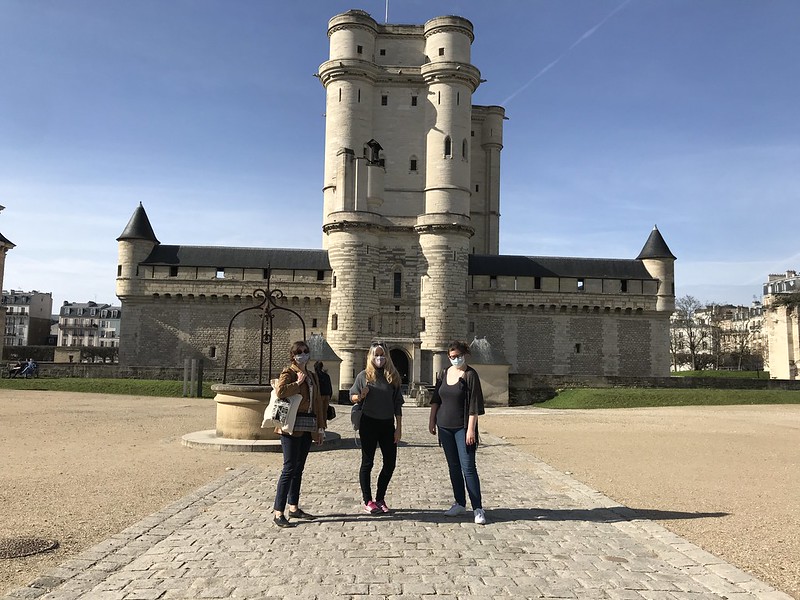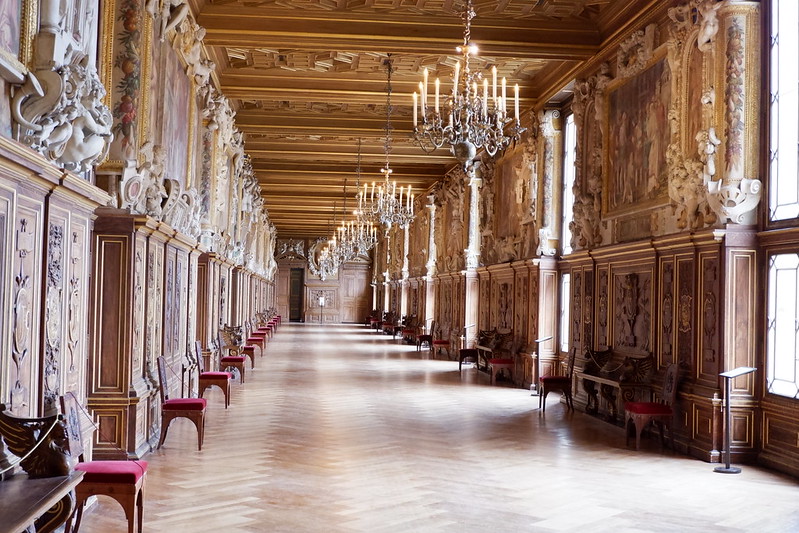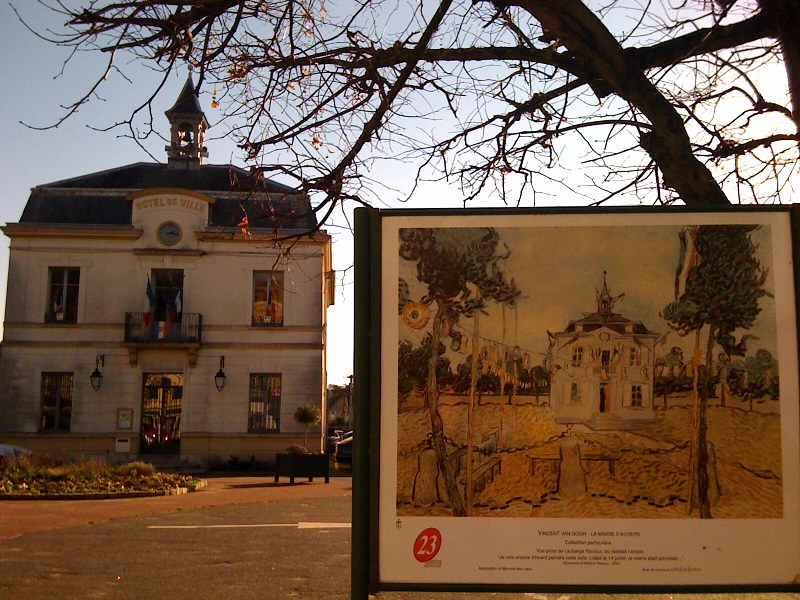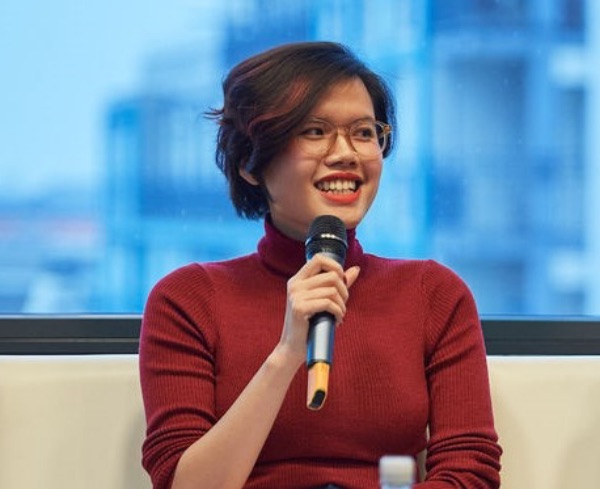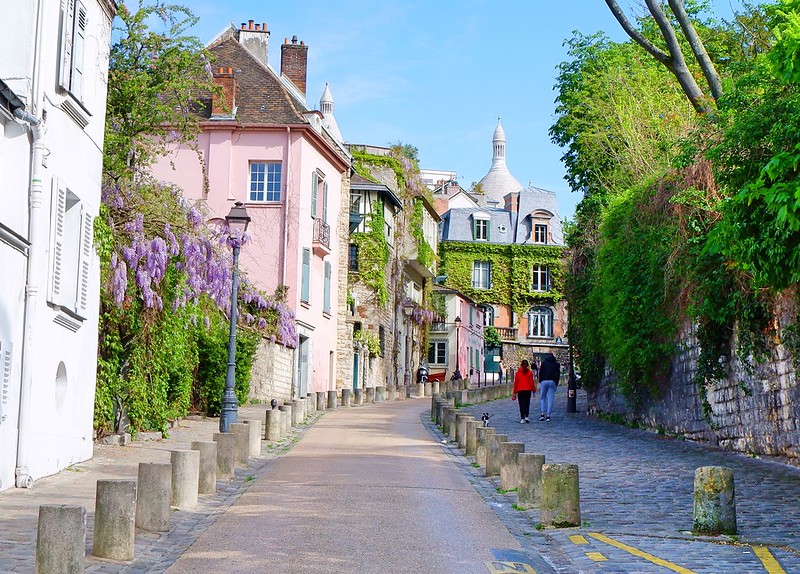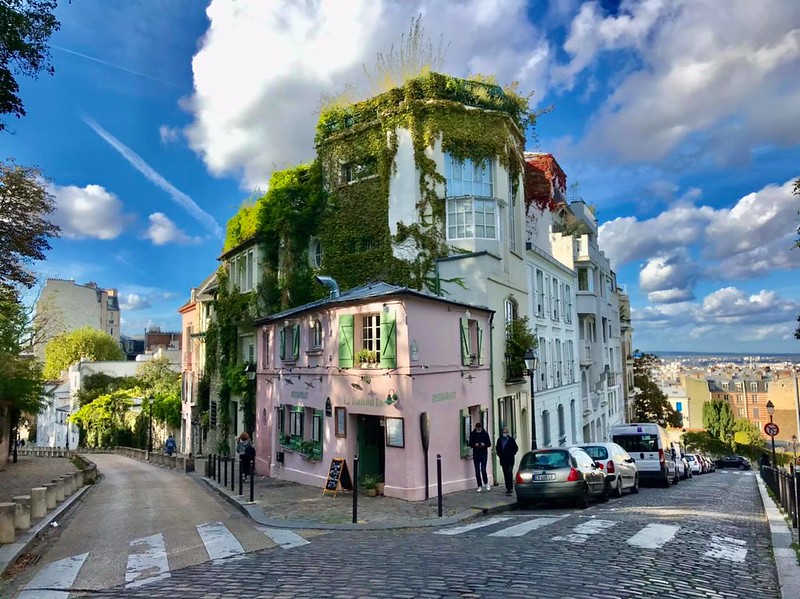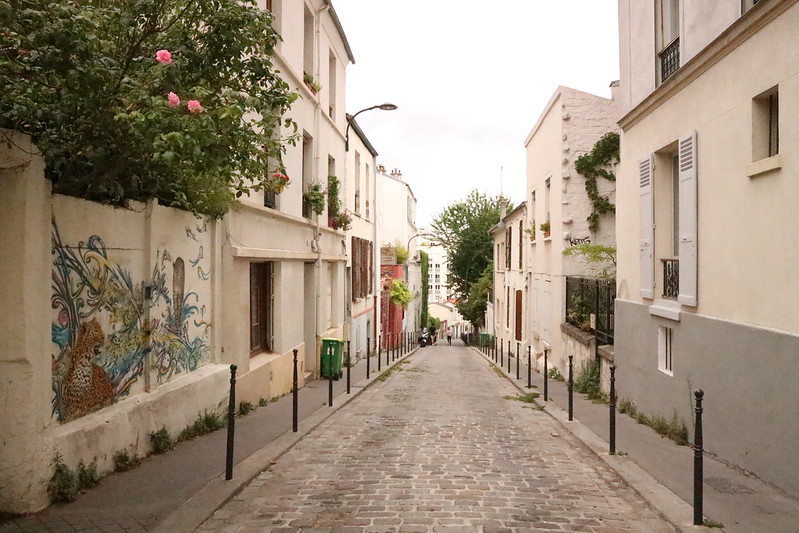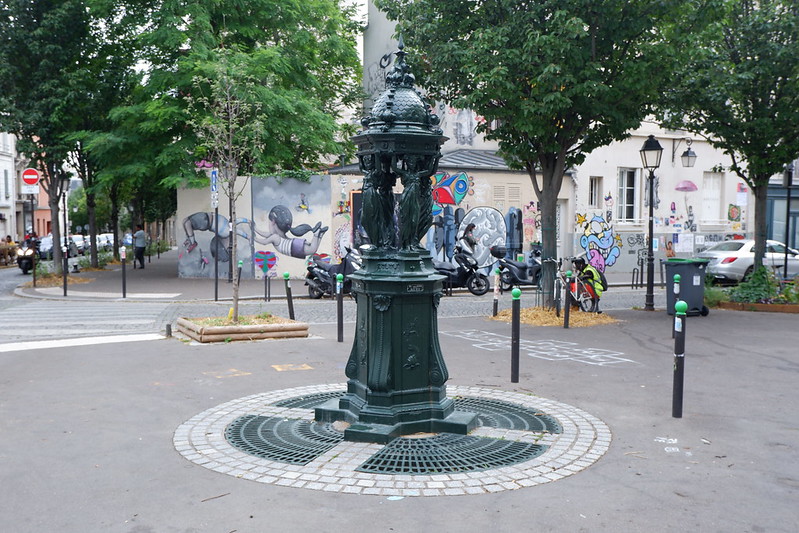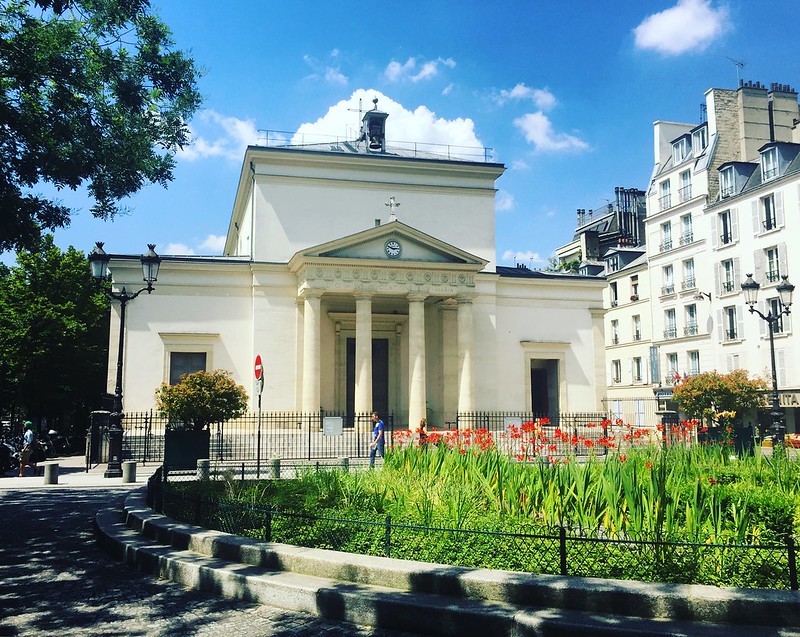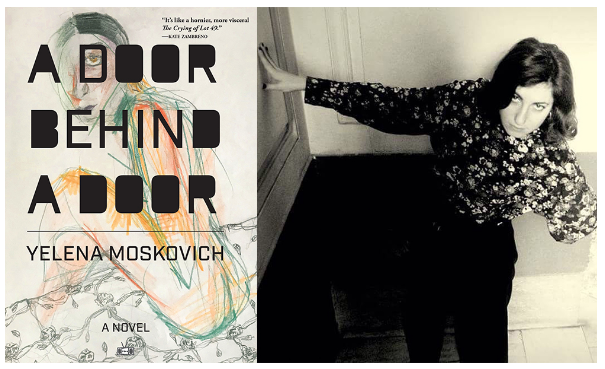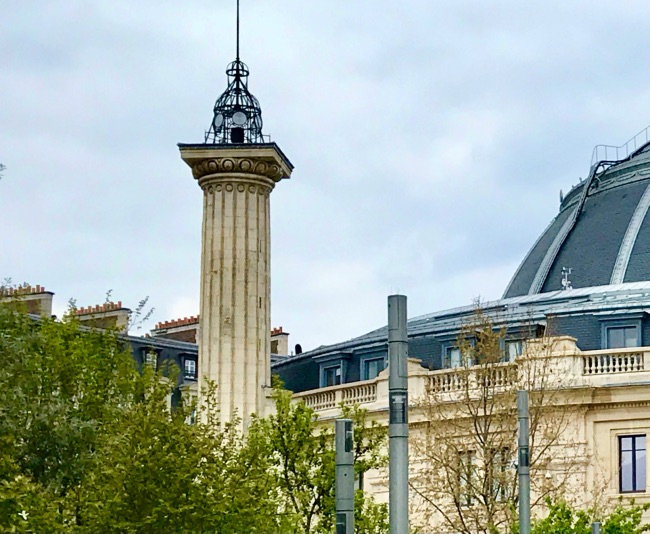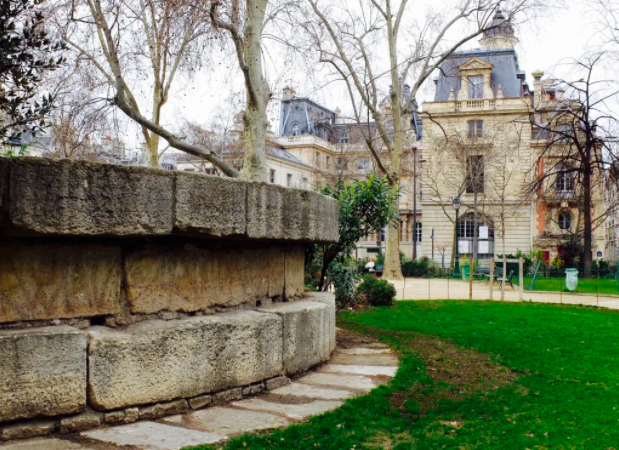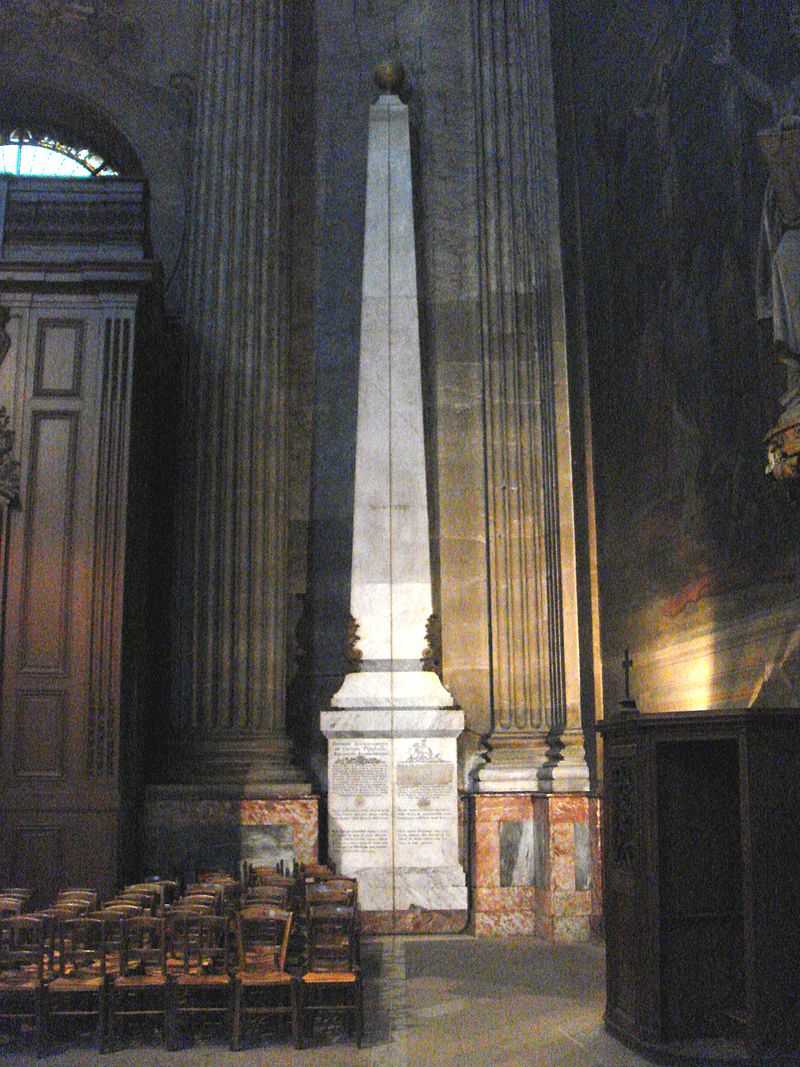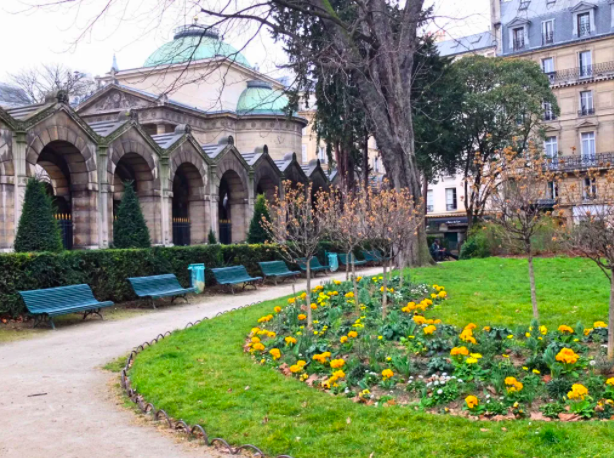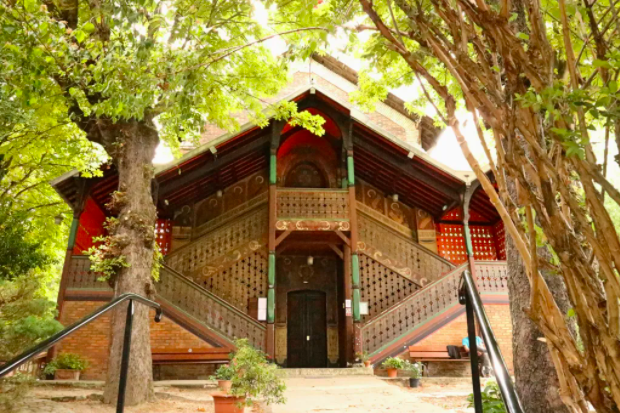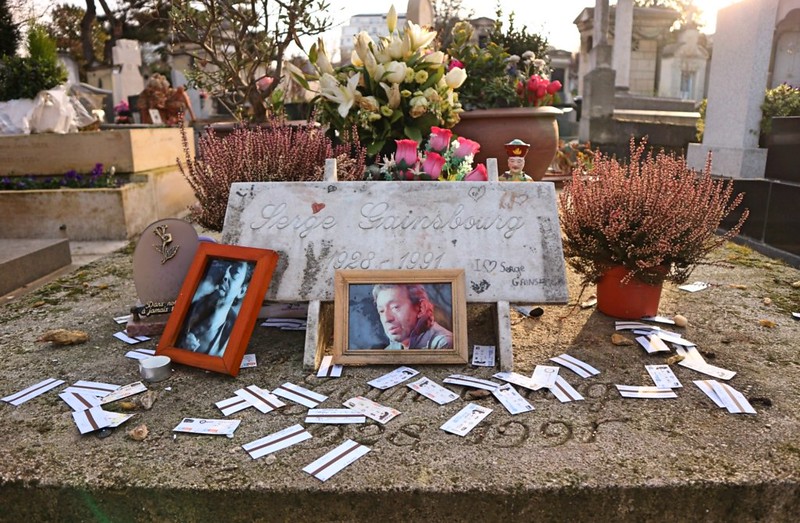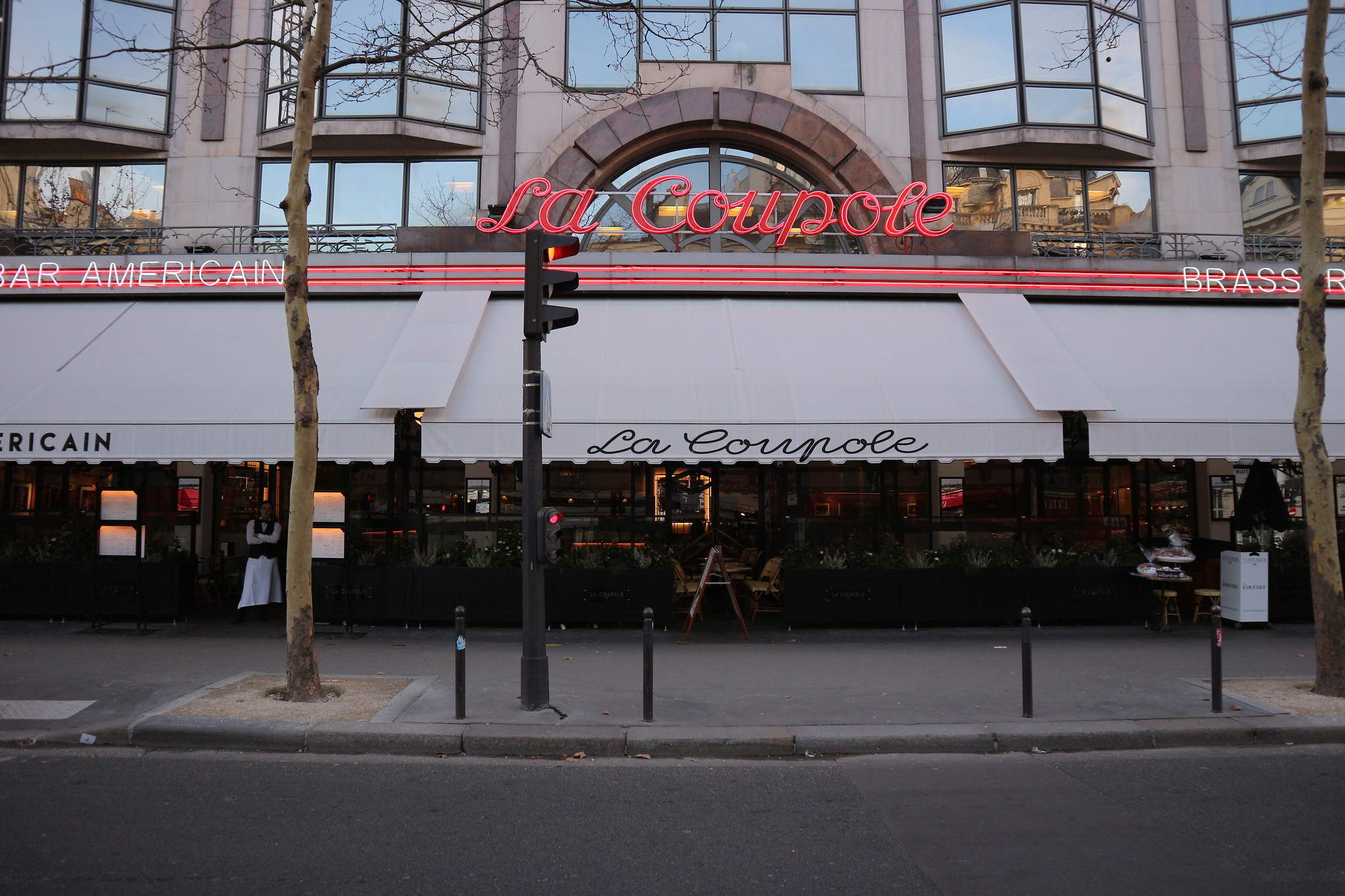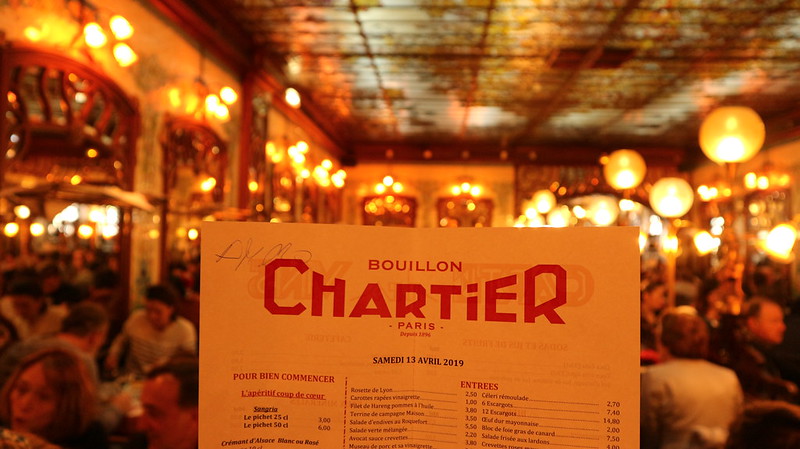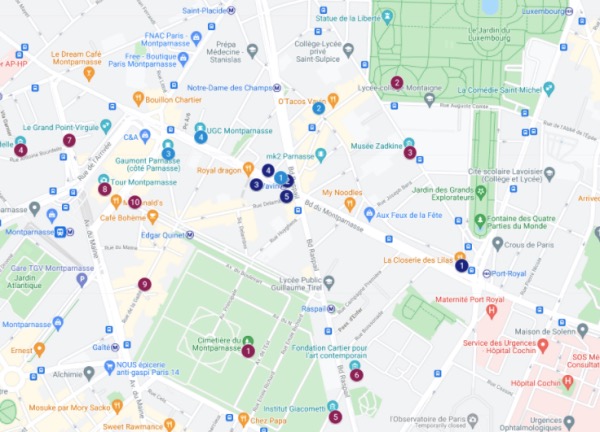With its hundreds of museums, intriguing historic sites and vibrant neighbourhoods to discover, there is plenty to do in Paris. However, it can also be nice to get away from the busy city centre, have a change of scenery or take in some nature. Luckily, Ile-de-France, the greater Parisian metropolitan area, has an abundance of fantastic day trip options, many of which you can access completely free, especially if you have a student transit pass. Here are some of our favourites.
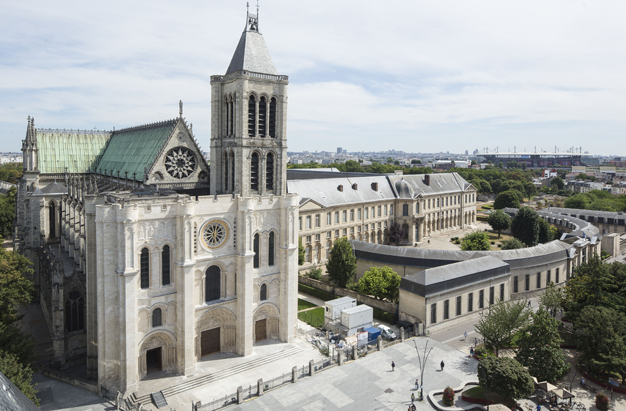
Photo: Basilique-Cathédrale de Saint-Denis
Basilique-Cathédrale de Saint-Denis
Although Notre-Dame Cathedral might be the world’s most famous Gothic cathedral, the first built in this style is sitting on the norther edge of Paris. Started in the 1130s, the church was constructed above the presumed grave of one of France’s earliest saints, Denis, who was executed by the Roman rulers of the times in around 270 AD. Over the centuries the church rose in prominence and became the final resting place of France’s monarchs, holding the remains of all but three of kings from the 10th century until 1789. Visitors today can admire the royal tombs while gazing up at the church’s flying buttresses, pointed arches and stained glass windows.
- Address & Information: Cathedral Website
- Getting there: 30-40 minute by Métro, line 13 to Basilique de Saint-Denis station. Short walk, follow the signposts. Note: Saint-Denis can be a little sketchy so we don’t recommend veer off the main streets.
- Cost: Free for EU Nationals under 26 and other students with valid ID.
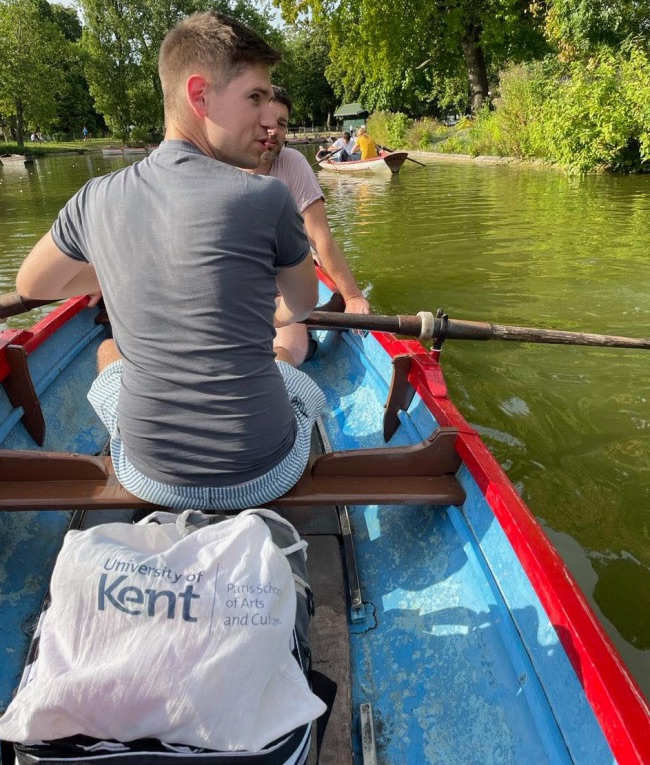
Chateau de Vincennes (top) and Bois de Vincennes boat-rides
Château et Bois de Vincennes
A quick jaunt outside the eastern border of Paris will take you to this impressive medieval fortress and sprawling woods. A royal hunting lodge dating back to the mid-12th century, in the 1300s King Charles V added the imposing 52-metre-high donjon, the tallest in Europe and still standing today. Although the royals used it as a residence over the centuries, it was never revamped like castles of Versailles or Fontainebleau. The fortress was eventually converted into a prison, which held some infamous prisoners such as the Marquis de Sade and Louis XIV’s rival Nicolas Fouquet. Pack a picnic and make a day of it by carrying on your explorations in the adjacent Bois de Vincennes. The huge woods has kilometres of pathways, a lake where you can rent out boats, a Buddhist Temple and a botanical garden, le Parc Floral de Paris, which hosts a variety of events including open-air concerts, mostly in summer.
- Address & Information: Chateau de Vincennes Website
- Getting There: 30-40 minute by Métro, line 1 to Château de Vincennes, or RER A to Vincennes. Castle right outside Métro station.
- Cost: Exterior of castle and woods are free, interior is free for EU Nationals under 26 and other students with valid ID. If you wish to visit the Parc Floral it has a small entrance fee.
Château et Foret de Fontainebleau
Skip the crowds at Versailles by venturing to this marvellous castle southeast of Paris instead. Another favorite hunting retreat of the royals, King Francois I redesigned the castle in the Renaissance style. It features opulent rooms decked out in elaborately carved wood, paintings, mirrors and more. The castle was also a favourite of Napoléon Bonaparte, who refurbished parts of it in the Imperial style. Behind the castle are beautiful gardens à la francaise, or to better connect with nature, spend the afternoon exploring the forest’s extensive hiking trails. If you visit on Tuesday, Friday or Sunday, before heading to the castle, you can pick up some picnic supplies at Fontainebleau’s food market.
- Address & Information: Castle’s website. See some suggested hikes here.
- Getting There: An hour from central Paris, 40 minutes by suburban train from Gare de Lyon (line R) to Fontainebleau-Avon. Castle a short walk from the station.
- Cost: Castle free for EU Nationals under 26 and students with ID. Forest is free.
Auvers-sur-Oise
While visiting Monet’s home and garden in Giverny can make for a nice art excursion from Paris, there is much more to see, and far fewer crowds, in this charming village briefly inhabited by and the final resting place of Vincent van Gogh. Strolling through town, helpful panels show you the various places the Post-Impressionist painter captured on canvas, copies shown on the boards and many of the originals are displayed at the Musée d’Orsay. You can also visit or have lunch at the inn he lodged at, the Auberge Ravoux, and pay homage to the troubled artist at his grave in the local cemetery. The town has several other sites, including a small castle, various art studios and homes of other 19th century artists and a museum dedicated to Absinthe. On summertime weekends the town often holds art or music festivals.
- Address & Information: Tourism website. Visit from March to October as many sites are closed in winter
- Getting There: In summertime there is a direct train on weekend mornings around 9:30 am from Gare du Nord which is only 30 minutes. The rest of the year it’s an hour train ride from Saint-Lazare or Gare du Nord, take a regional train to Pontoise, change here for the trains in the direction of Persan-Beaumont, get off at Auvers station.
- Cost: Free to walk around, small entry fee for various sites.
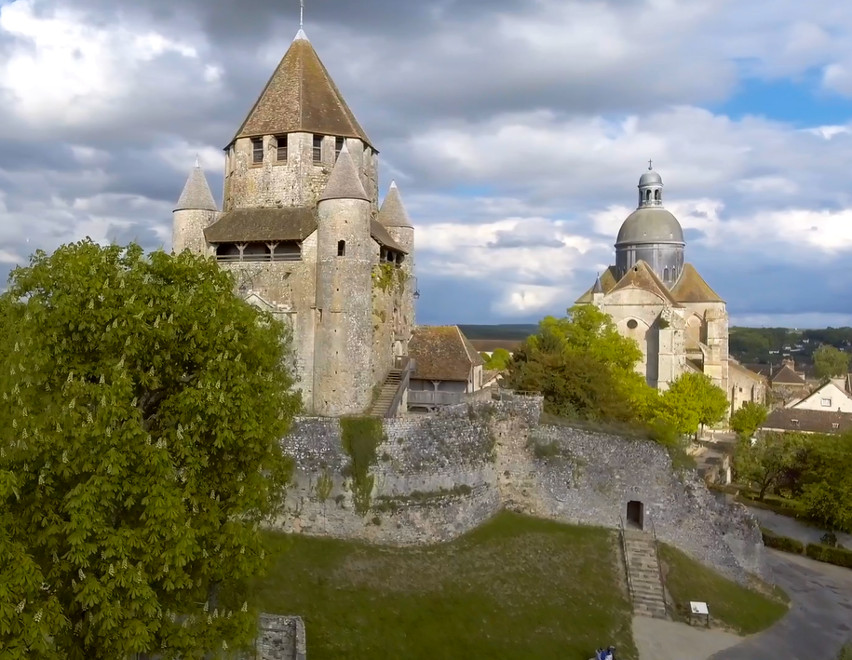
Photo: Provins Tourisme
Provins
If you’d like to get a taste of France without going too far, then consider visiting this medieval town east of Paris. A UNESCO World Heritage Site, the beautiful hilltop village thrived over the centuries due to its position as a fiefdom of the Counts of Champagne and its popular fairs, which still take place before Christmas. A visit at any time of year will delight thanks to its magical historic centre home to the Tour César fortress, stone churches, narrow lanes and protective city walls.
- Address & Information: Local tourism website
- Getting There: Around an 80-minute train journey, Gare de l’Est to Provins. The town is accessible on foot from the station.
- Cost: Most sites can be visited freely from the exterior.
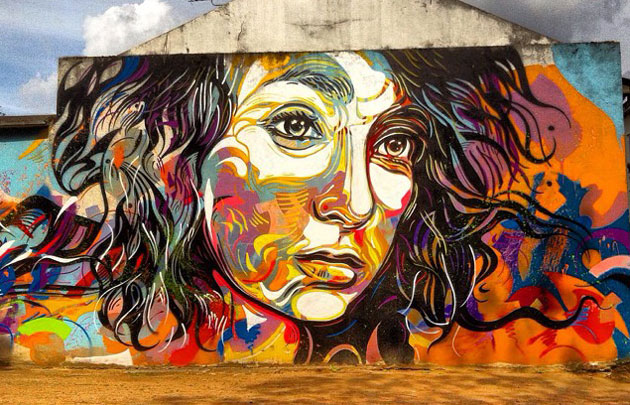
Photo: Street art by C215, Vitry-Sur-Seine / Paris Tourisme
Contemporary Art & Street Art in Vitry-Sur-Seine
For something more offbeat, considering visiting this close southeaster suburb popular with street artists. The city is home to MAC/VAL, France’s only museum dedicated to contemporary art from the 1950s to today. In the shadow of a towering Jean Dubuffet statue, the contemporary building houses over 2,000 works by both well-established names like Christian Boltanski and Annette Messager, and up-and-coming artists. After visiting the museum, continue your artistic discoveries in the streets of Vitry, where you’ll come across hundreds of works by French and international street artists like C215, Indigo, Kashink, Swoon and Alice Pasquini. This artistic flourishing has earned the city the title of “Capital of Street Art.” You can find the works easily using this helpful map and discover more about Parisian street artists in our article here.
- Address & Information: MAC/VAL website
- Getting There: Around a 30-45 minute trip from central Paris by Métro and bus, line 7 to Porte de Choisy then bus 172, 180 or 183 to Place de la Libération.
- Cost: Free for under 26 and other students with valid ID.
